
Mipanas




| aceitero outside village | aceitero inside village |
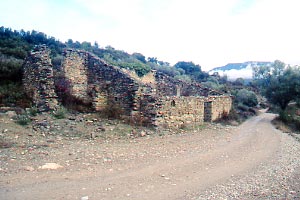
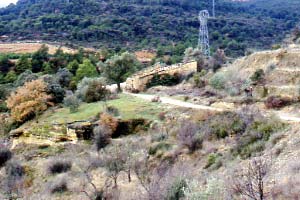
The ground plan is rectangular. The most striking feature visible from the outside is the enormous difference in the height of the walls.
The wall at the back is about two times as high as the front wall (2, 3). This high back wall is a necessary prerequisite
for the older mills which had to accommodate a huge prensa de palanca
. We can see the same situation in the
mills of Abizanda and Castilsabás which is one of the
very few cases where the main beam of the press is preserved and in good shape. I wish I could say the same about
Coscojuela de Sobrarbe which is the nearest spot with the same type
of installation.
Inside, there is only one huge space without any divisions. Next to the entrance at the right is a rectangular
container which served as a temporary storage for the olives to be processed (4, 6). At the
opposite wall and in the center of the room several smaller, round containers can be seen (5, pilas
).
They served to catch and decant in order to obtain pure olive oil without water. You'll find almost the
same constellation in Abizanda.
The space where the olives were crushed is situated at the left side of the entrance (6, 9).
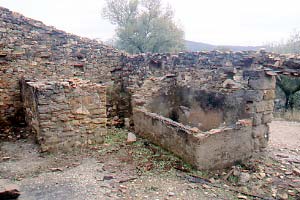
algorín)


In some mills the axle carried a funel (tolva
)
which provided a continuous flow of olives (e.g. the other aceitero of Mipanas, or
Troncedo). A scraper guided the paste towards a pit from
where it could be collected. The whole contraption made it possible to work without interruptions.
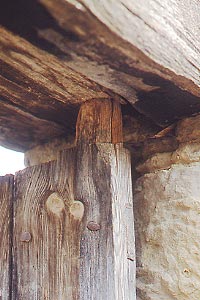

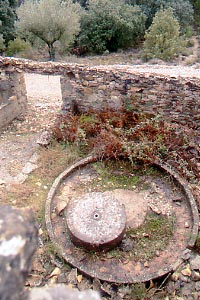
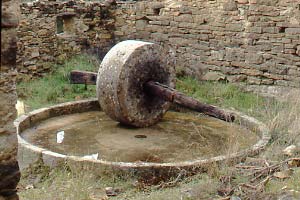
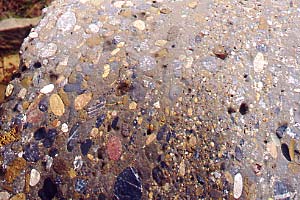
Sometimes a much smaller type of press was put in place (e.g. the mill of Sieste). Pressure was built up by turning a wooden screw.
Reasons enough to move from the old system for which the mill originally was built to the cast iron press still present (6, 8).

Main business presumably was hydraulic presses (from the 1870s) and steam engines, but before that time they must have made screw presses, because we have found similar presses of the same brand in several other oil mills.
| aceitero outside village | aceitero inside village |